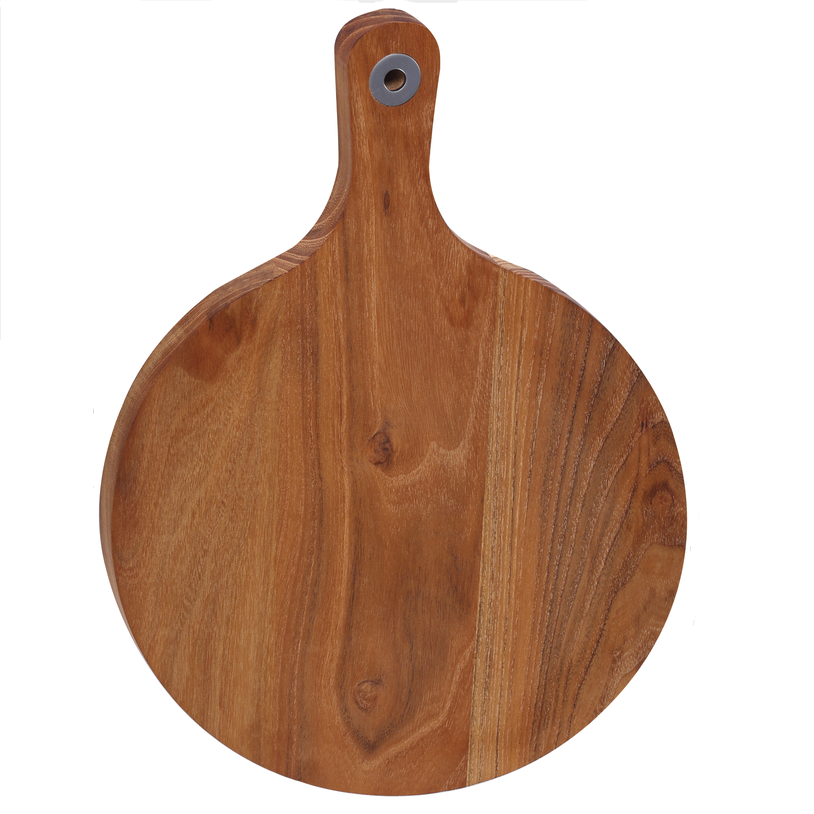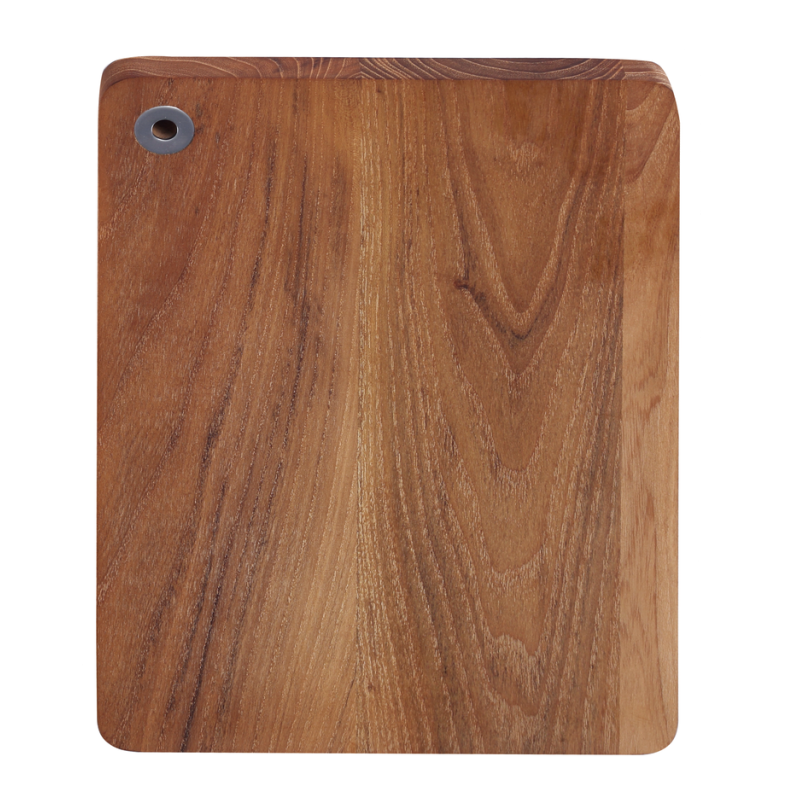Decal papers fall into two categories: trademark decals and porcelain decals. Logo decals are printed with ordinary inks or tinplate gold inks and are used to attach to the surface of wood or metal products. Porcelain decal paper is printed with special pigmented ink. It is affixed to glass, porcelain, enamelware, and then to the kiln. According to the requirements of different materials, after 400 ~ 500 °C, even to 800 °C temperature calcination, there is a need colour.
First, decal printing process
The decal printing process flow is: paper-making → plate-making → printing.
Crepe paper is the first process of the decal printing operation process. If this process is not done properly, it will cause the paper to be uncovered or peeled off, the pattern sticks to the paper, and cannot be completely transferred to the container.
The paper picking method is divided into two types: paper picking and mechanical picking. After paper picking, the paper is coated.
Platemaking and plate making methods use photocopying.
Printing, generally used lithography. The graphic requirements printed on the decals are reversed images, so that the images attached to the objects become positive. At the same time, according to different uses and methods of use, in the printing of color graphics, the order of the stacking of colors is the opposite of the general printing method, that is, the high-transparency ink is printed first, and then the opaque ink with a greater hiding power is printed. After application, the graphic text is consistent with the general printed graphic, with a transparent ink layer on the surface. In order to transfer the image and text to other special surfaces, the color of the object is not affected by the color of the object itself, and the first layer of ink on the decal level is printed with one or two extremely opaque white inks as the bottom layer.
Printed ceramic decals are generally printed in dark colors and printed in light colors. The key to the ink used is the pigments, most of which use metal oxides and a few sulphides, selenides. For example, yellow is lead oxide, bismuth oxide and cadmium sulfide, blue cobalt blue, white titanium dioxide, aluminum trioxide for bright red, tin oxide for rose and violet, nickel monoxide for green, and nickel trioxide for gray ink Copper oxides are used in brown leather. These are high hardness inorganic pigments. Therefore, their particle fineness becomes a key point in the application process. The main components of the media are aluminum dan, quartz, borax, etc. The proportion changes with the color of the metal oxide, the role is to use metal oxides to melt evenly, produce luster and reduce the melting point; when the ceramic pigment is printed, the same color can be overprinted. Different colors cannot be overprinted, only overprinting. Otherwise it will cause chemical changes at high temperatures, causing discoloration and bursting of flowers. Therefore, spot colors are generally used, and the principle of three-primary color mixing is not applicable to the printing of ceramic decals.
Second, the transfer method
Trade mark decal paper transfer is the surface of the first object to be transferred such as wood, metal products, coating a layer of Van water, slightly dried, and then apply a decal under water or boric acid solution and apply it. A certain amount of pressure, and then the small will be able to remove the paper.
For the transfer of ceramic decals, the surface of porcelain is first coated with a gelatin solution, then the decals are pasted on top of the porcelain, massaged by hand, so that the printing is in close contact with the surface of the porcelain, and then the sponge is applied to the decals. On the back side, the surface of the paper and the porcelain are tightly adhered. After the gelatin is dried, the porcelain is immersed in water to dissolve the glue on the paper. The graphic containing the metal oxide leaves the paper, and is attached to the porcelain and the paper is peeled off. The brush dipped in water to remove the residual gum on the surface of the porcelain. After drying, it can be calcined into the kiln.
At present, decals are widely used in printing. The trademarks of machine tools, instruments, bicycles, furniture, and porcelain are all printed using decals.
Decal printing is the printing of transferable graphics on paper or plastic film coated with adhesive film, which becomes a decal or decal film and is then printed on the surface of various materials.
Decal papers fall into two categories: trademark decals and porcelain decals. Logo decals are printed with ordinary inks or tinplate gold inks and are used to attach to the surface of wood or metal products. Porcelain decal paper is printed with special pigmented ink. It is affixed to glass, porcelain, enamelware, and then to the kiln. According to the requirements of different materials, after 400 ~ 500 °C, even to 800 °C temperature calcination, there is a need colour.
Teak is a tropical hardwood tree species. Teak wood is very water resistant, durable, and resistant to pests, diseases, and rot. Therefore, it is extremely popular for building things like outdoor furniture and boats, which would be exposed to the elements. Because of these great qualities, teak wood is also very expensive. By looking closely at color, grain, scent, and weight, you can make sure the teak you`re getting is real and authentic.


Teak Wood Cutting Board,Hardwood Chopping Board,Edge Grain Cutting Board,Chopping Board Colours
YangDong Q-Bamboo Houseware Co.,Limited , https://www.q-bamboo.com